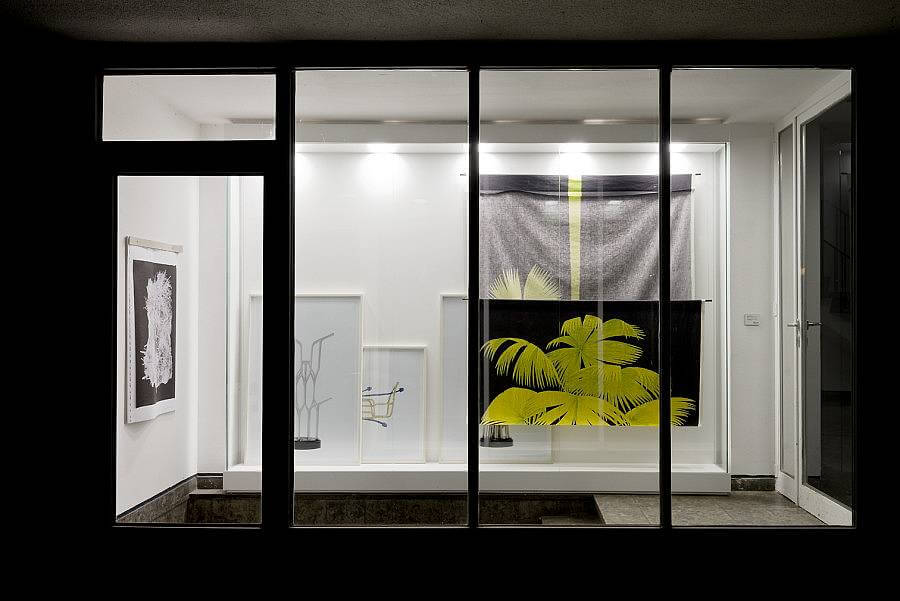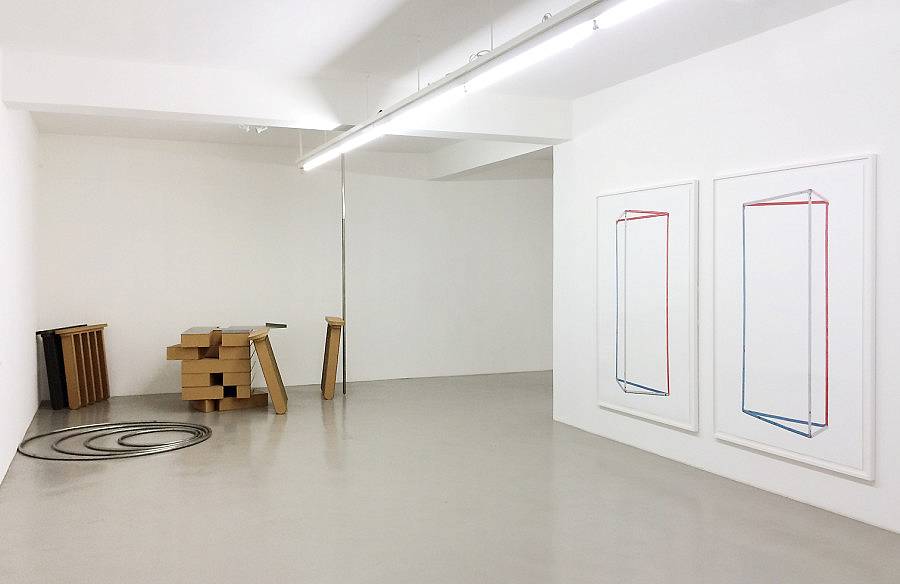Michael Pfisterer is an artist based in Hamburg, Germany. He is represented by devening projects + editions in Chicago, and he also runs a commercial design studio in Hamburg called Elida Atelier.
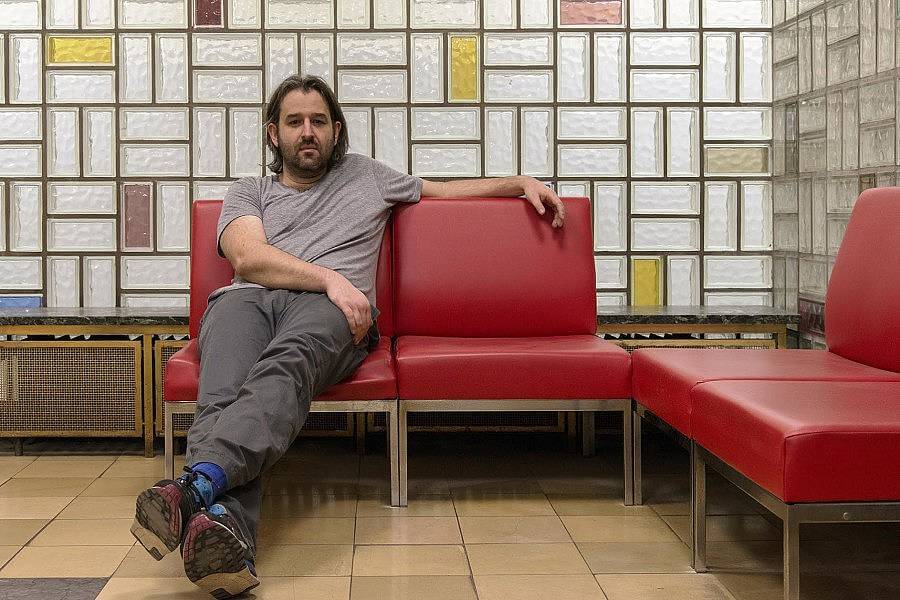
Tell us a little bit about yourself and what you do. Making photos — that medium does not only encompass creation and collection of images, their organization and sequence but also the possibility to show new orders of visibilities. Through photography I can show elements of images outside of their original, pragmatic, syntactic or semantic characteristics, different from the tri-step: schematic thought, preliminary theory, seemingly representational truth. But rather explore new multi-focal relationships between illustration, reference, concept, theory, system, principle, sign, fiction and vision…
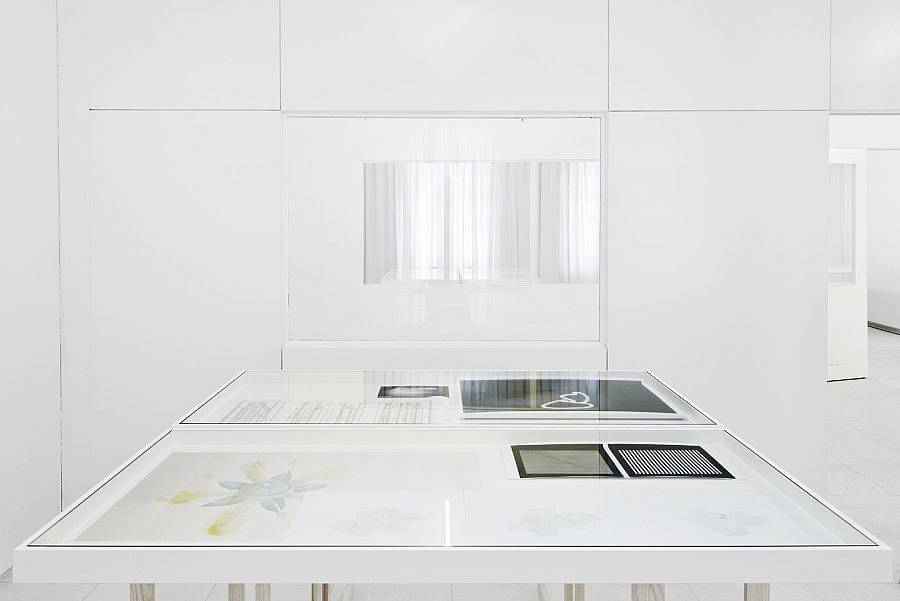
What kinds of things are influencing your work right now? By a cruel twist of fate it’s technical stuff right now: maximizing depth of focus with a digital large format camera by way of stitching. Significantly reducing shadows of three-dimensional objects through several differently attuned flashes. Testing new types of paper on my large format printer.
Top 3 favorite or most visited websites and why? Not the definite be all and end all Top 3, but nice to see there are publishers so well set up online:
Roma Publications
Spector Books
TM Research Archive
also, for artists’ books: Artype Sammlung
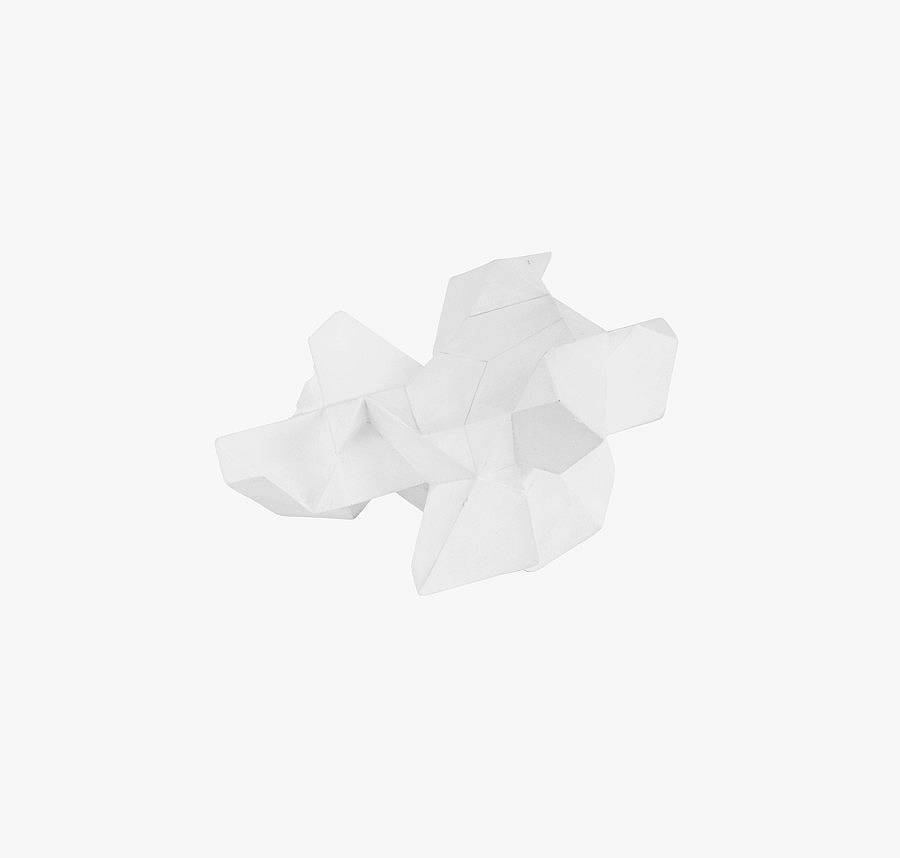
How has living in Hamburg affected your art practice? Maybe that will become apparent over time. Right now I’d say it’s a nice and straightforward context in which to focus on work, there are interesting opportunities. Also, it’s really simple and convenient for traveling.
What are some recent, upcoming or current projects you are working on? At the end of last year, a work for Weserburg Museum für moderne Kunst in Bremen. Right now, a Percent for Art project at the Grindelhochhäuser in Hamburg, the first high-rises to be built in Germany after World War II. Also working on a new catalogue: Surface Keeps Pace with Volume.
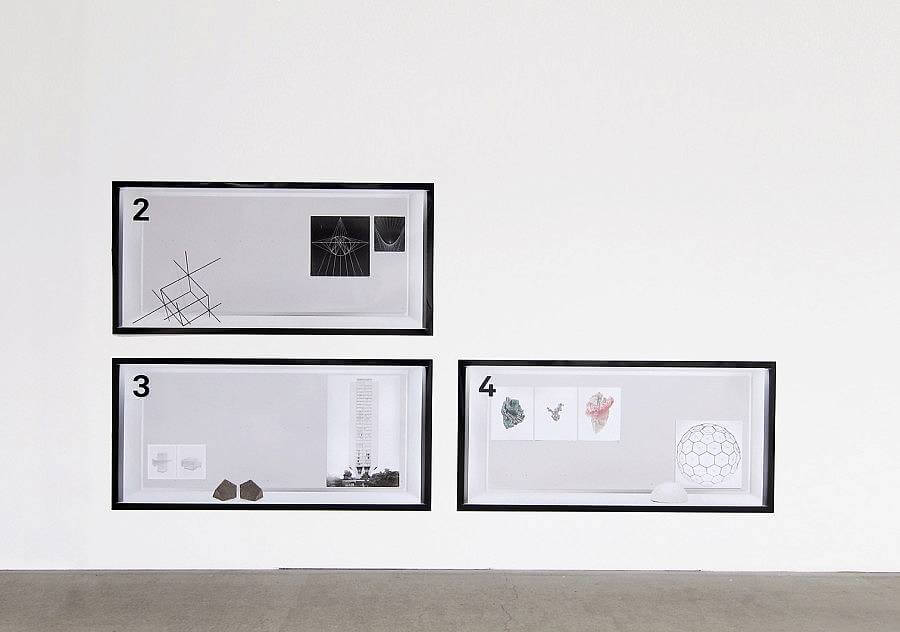
If you were a drink what drink would you be? I love flowers, like squirrels and prefer scotch or gin. I’m afraid there’s much too little floral about me. Also no furry warm tufts of hair sprout from my ears in the winter months. And I like having my drinks carefully served too much to be able to visualize them as a person.
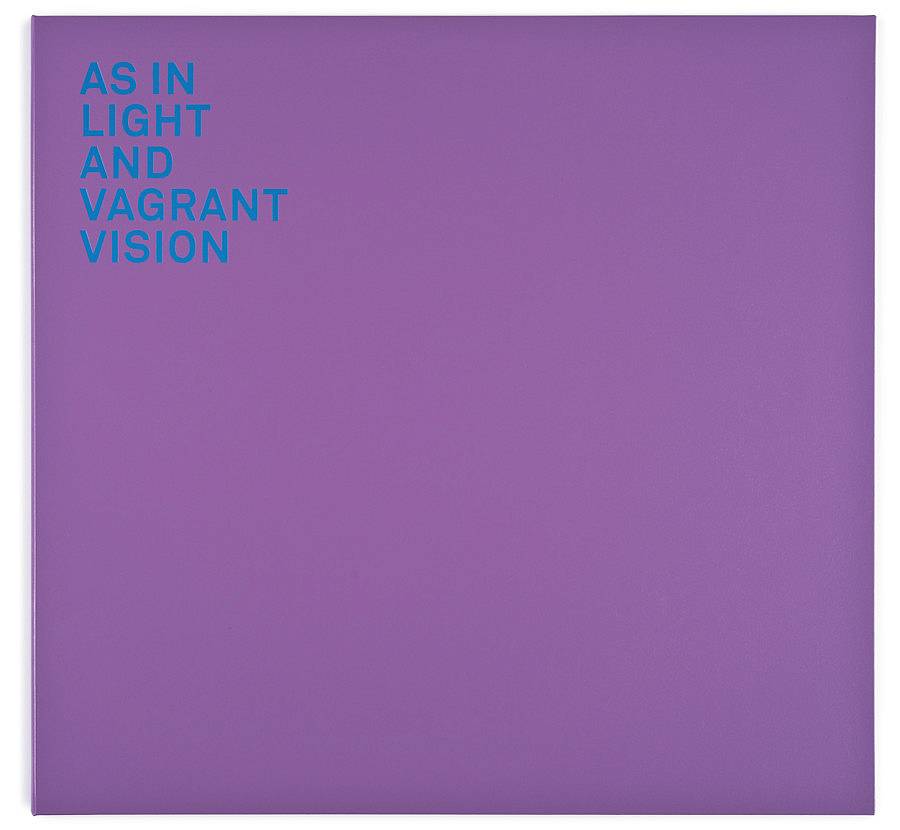
What artists are you interested in right now? For some time, and especially right now W.G. Sebald. (I think I can enthuse much more, or at least much more readily, about writers, composers and musicians than about visual artists). Sebald’s way of fictionally connecting different times, of melancholically dissolving form and order, I find particularly inspiring.
Tell us about your work process and how it develops. Most ideas build upon one another, expand upon one another or relate to comparable themes, even if they appear to contradict one another from a perspective of content or visual form. It’s a liberating experience to go from D’ Arcy Thompson’s transformations to Franz Krause’s architectural models some 50 years later, and then another 50 years or so to a 3D printer model of the 4th dimension. It allows me to draw my own connections between questions of space and order apparently miles apart, thus developing new visual spaces.

What’s your absolute favorite place in the city to be? In Hamburg on the Elbe river with friends, or by myself in my studio. Snorkeling is fine, also.
Describe your current studio or workspace. A couple of years ago, some friends from art school and I had the good fortune to be able to rent two floors of an old factory not far from downtown. Luckily, we have been able to keep working there since. Which is great because there I can collect and archive various materials, build showcases or frames as well as keeping a mobile flash studio. I can get most anything within a few kilometers and meet friends. Perfect.
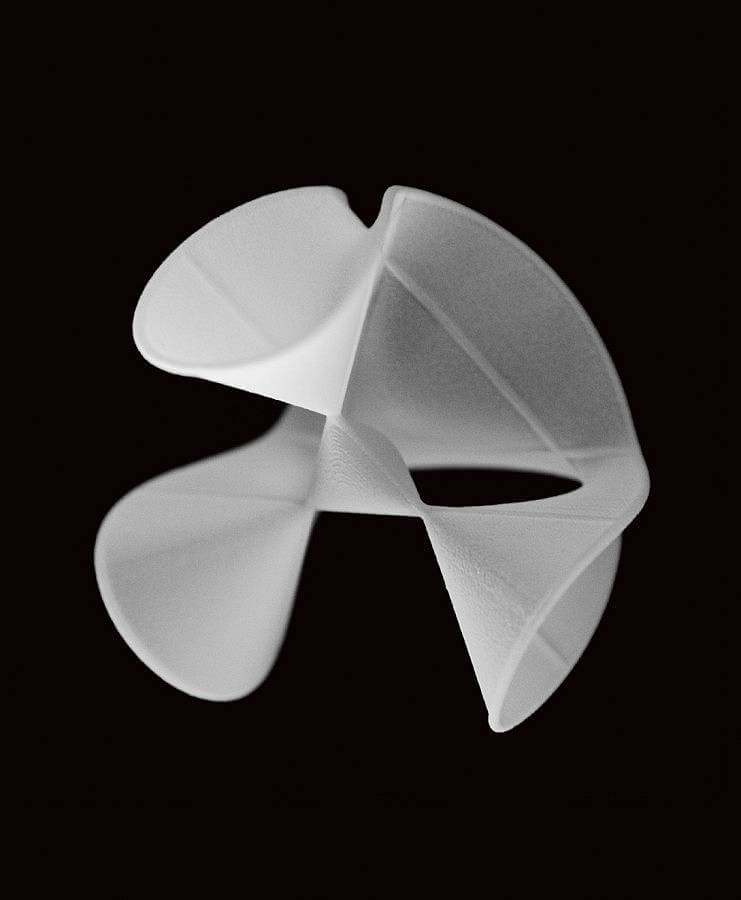
What were you like in high school? As far as I can remember: a gifted jazz trumpeter, a fabulous scorer in basketball and a mathematical wizard (self-recorded tapes, consolation prizes and tests I cheated at can obviously corroborate that).
Can you share one of the best or worst reactions you have gotten as a result of your work? At my very first exhibition in the first year of art school: a giant sign next to my photographs announcing that the sausages being served were provided by the local butchers. I was too young to see that as part of or even expansion of my work.
